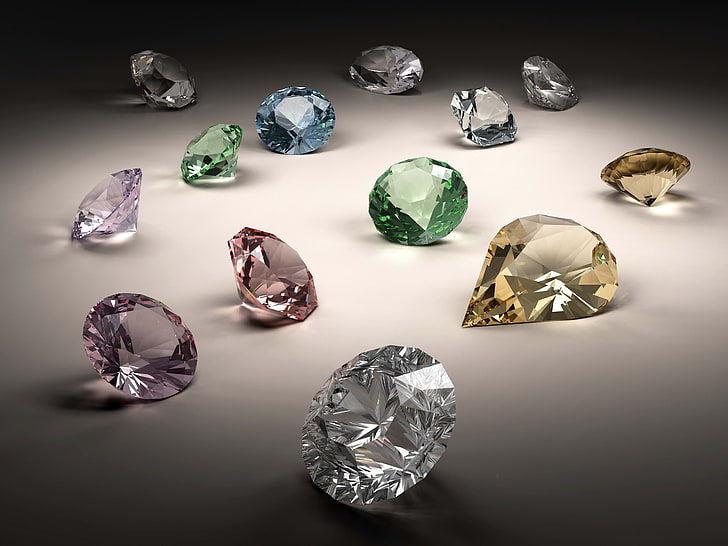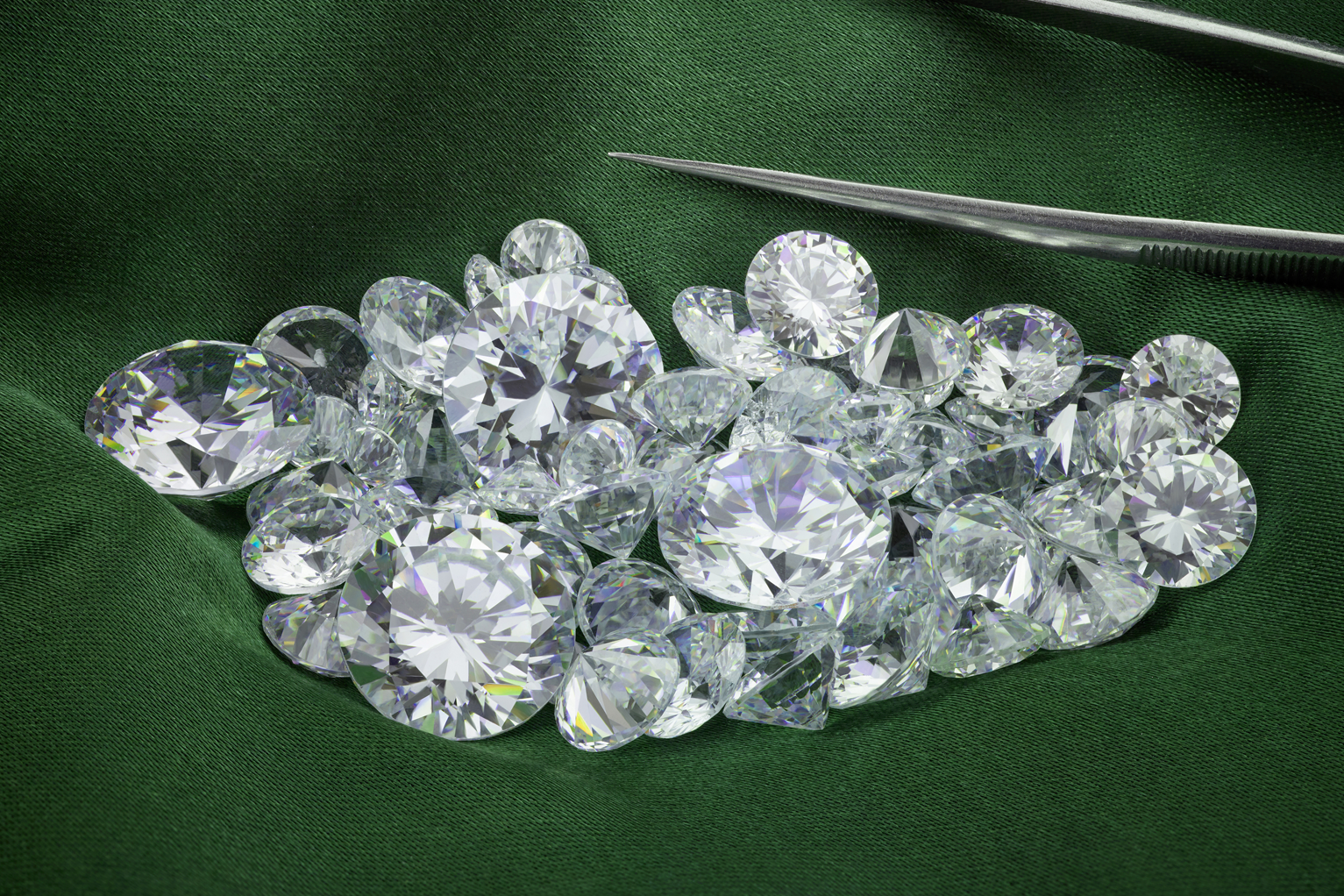
Table of Contents
Introduction
Have you ever wondered if mined diamonds are really as rare as we’ve been led to believe? Spoiler alert: they’re not. Diamonds have long been marketed as scarce, precious gems, but the reality is much different. Today, we’re diving deep into the glittery world of diamonds to uncover why they’re not as rare as you might think.
Historical Context of Diamond Rarity
Diamonds have always been seen as symbols of wealth and status. why mined diamonds are not rare Historically, their rarity was a given. However, this perception has been skillfully crafted over centuries, starting from the days of monarchs and moguls who adorned themselves with these sparkling stones to show off their riches. The rarity narrative was a brilliant marketing ploy, designed to keep demand – and prices – high.
The Formation of Diamonds
Diamonds form under extreme pressure and temperature conditions deep within the Earth’s mantle. This process takes billions of years, but that doesn’t mean they’re rare. The Earth’s mantle is littered with diamonds, waiting to be unearthed. Thanks to volcanic activity, these diamonds are brought closer to the surface, where we can mine them.
The Diamond Mining Process
Diamond mining is an extensive process, involving several methods and locations around the world.
Types of Diamond Mines
Open-Pit Mining
Open-pit mining is the most common method for extracting diamonds. This involves removing large quantities of rock and soil to access the diamond-bearing ore. Think of it like digging a gigantic hole in the ground until you find what you’re looking for.
Underground Mining
Underground mining is another method used, especially when diamond deposits are buried deep within the Earth. Miners create tunnels to reach the deposits, which is a more labor-intensive and costly process compared to open-pit mining.
Global Diamond Mining Locations
Diamonds are mined in over 20 countries, with major players including Russia, Botswana, Canada, and Australia. Each of these locations has vast resources of diamonds, contributing to the global supply and challenging the notion of scarcity.
The Myth of Diamond Rarity
The idea that diamonds are rare is a myth perpetuated for over a century. This myth was created and sustained by the diamond industry to maintain high prices and the illusion of exclusivity. The reality is that diamonds are more common than precious metals like gold and platinum.
Market Manipulation and Controlled Supply
De Beers and Market Monopoly
For much of the 20th century, De Beers held a near-monopoly on the diamond industry. They controlled the supply chain, deciding how many diamonds would be released into the market, keeping prices artificially high. This monopoly played a huge role in convincing the world that diamonds were rare and invaluable.
The Strategy of Stockpiling
De Beers also engaged in stockpiling – holding back large quantities of diamonds from the market to create an artificial scarcity. This ensured that prices remained high, reinforcing the perceived rarity of diamonds.
Synthetic Diamonds: A Game Changer
How Synthetic Diamonds Are Made
Synthetic diamonds, also known as lab-grown diamonds, are created using technological processes that mimic the natural conditions under which diamonds form. Techniques like High Pressure High Temperature and Chemical Vapor Deposition produce diamonds that are virtually indistinguishable from mined ones.
Market Impact of Synthetic Diamonds
The rise of synthetic diamonds has disrupted the traditional diamond market. They offer a cheaper, ethically produced alternative to mined diamonds, undermining the notion of diamond scarcity. As synthetic diamonds become more popular, the illusion of diamond rarity continues to erode.
Consumer Perception and Advertising
The Role of Marketing in Diamond Perception
Marketing has played a crucial role in shaping consumer perception of diamonds. The famous “A diamond is forever” slogan by De Beers is one of the most successful marketing campaigns in history, embedding the idea that diamonds are the ultimate symbol of eternal love and commitment.
The Diamond Engagement Ring Tradition
The tradition of giving diamond engagement rings was largely popularized by De Beers in the mid-20th century. Through savvy marketing, they convinced an entire generation that a diamond ring was a necessary purchase for anyone serious about marriage, further entrenching the idea of diamonds as rare and valuable.
Economic and Environmental Costs
The True Cost of Diamond Mining
While diamonds themselves may not be rare, the process of mining them is costly. Diamond mining is capital-intensive, requiring heavy machinery, extensive labor, and substantial financial investment. These costs are passed on to consumers, contributing to the high price of diamonds.
Environmental Impact
Diamond mining also has significant environmental impacts. Open-pit mining, in particular, devastates landscapes, destroys habitats, and can cause severe soil erosion. Moreover, the mining process consumes large amounts of water and energy, leading to a substantial environmental footprint.
Alternative Options and Future Trends
Ethical and Sustainable Jewelry
As awareness of the environmental and ethical issues surrounding diamond mining grows, more consumers are seeking out ethical and sustainable jewelry options. This includes not only lab-grown diamonds but also recycled metals and gemstones, and fair-trade certified jewels.
The Rise of Lab-Grown Diamonds
Lab-grown diamonds are becoming increasingly popular, not just for their ethical and environmental benefits but also for their affordability. As technology improves and production costs decrease, lab-grown diamonds are likely to become even more mainstream, challenging the dominance of mined diamonds.
Conclusion
The notion that mined diamonds are rare is a myth perpetuated by strategic marketing and industry manipulation. In reality, diamonds are more common than we’ve been led to believe, with the perception of rarity maintained to keep prices high. As synthetic diamonds and ethical alternatives rise in popularity, the traditional diamond industry faces a significant transformation. So, the next time you see a sparkling diamond, remember – it might not be as rare as you think.


















